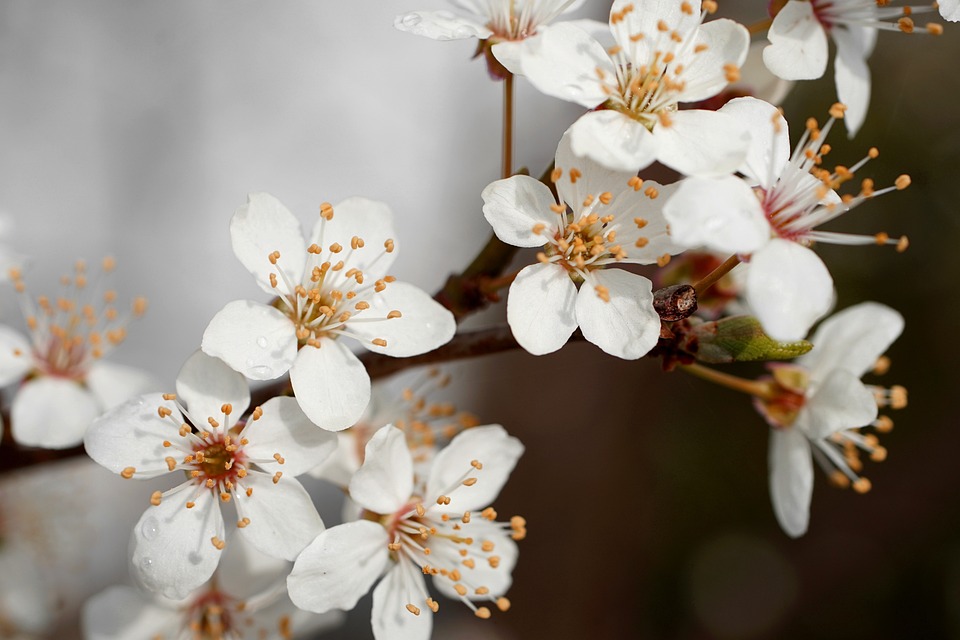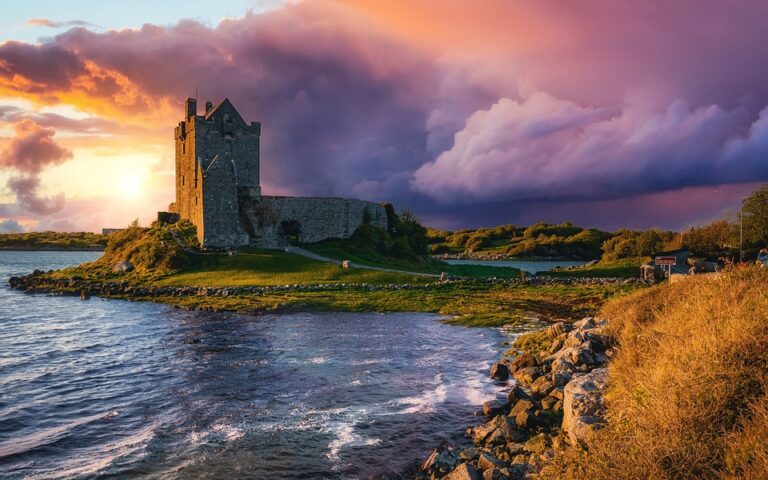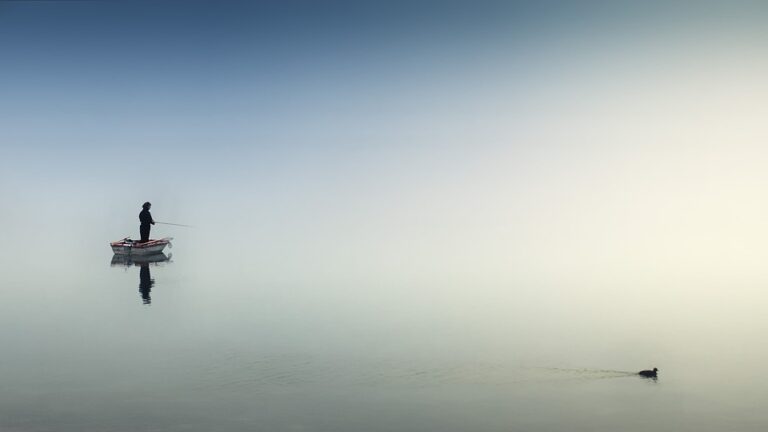The Legacy of Early Russian Settlers in the Pacific Northwest
When we think about the history of the Pacific Northwest, we often focus on the American pioneers and indigenous tribes that once called the region home. However, another group of settlers played a significant role in shaping the culture and history of this area – the early Russian settlers. These pioneers were some of the first European explorers to reach the Pacific Northwest, and their legacy can still be seen in the architecture, cuisine, and traditions of the region today.
Exploration and Settlement
The story of Russian exploration in the Pacific Northwest begins in the late 18th century, when Russian fur traders began to venture into the region in search of valuable pelts. In 1784, Grigory Shelikhov established the first permanent Russian settlement on Kodiak Island in present-day Alaska, marking the beginning of Russian colonization in North America. Over the next few decades, Russian explorers continued to push southward, establishing trading posts and colonies along the coast of what is now Washington, Oregon, and California.
One of the most important Russian settlements in the Pacific Northwest was Fort Ross, located on the northern coast of California. Founded in 1812 by the Russian-American Company, Fort Ross served as a trading hub for Russian fur traders and local Native American tribes. The fort was also a center of cultural exchange, with Russian, Native American, and European settlers living and working side by side.
Legacy in Architecture
One of the most enduring legacies of the early Russian settlers in the Pacific Northwest is their influence on local architecture. Russian settlers brought with them a unique style of building that incorporated elements of both European and Native American design. Many of the forts and trading posts built by the Russians were constructed using traditional Russian log construction techniques, with steeply pitched roofs and decorative wooden carvings.
Today, traces of Russian architecture can still be seen in the Pacific Northwest, particularly in places like Fort Ross in California and Sitka, Alaska. These historic buildings serve as a reminder of the region’s Russian heritage and are important historical landmarks that help to preserve the cultural legacy of the early Russian settlers.
Cuisine and Traditions
In addition to their architectural legacy, the early Russian settlers also left their mark on the cuisine and traditions of the Pacific Northwest. Russian settlers introduced new foods and cooking techniques to the region, including dishes like borscht, pelmeni, and blini. These traditional Russian dishes have become beloved staples of Pacific Northwest cuisine, with many restaurants and food festivals serving up authentic Russian fare.
Russian settlers also brought with them a rich tradition of music, dance, and folklore. Russian folk songs and dances are still performed at cultural events and festivals throughout the Pacific Northwest, preserving the unique heritage of the early Russian settlers for future generations to enjoy.
Conclusion
The legacy of the early Russian settlers in the Pacific Northwest is a testament to their resilience, ingenuity, and spirit of exploration. These pioneers played a crucial role in shaping the culture and history of the region, leaving behind a rich architectural heritage, a vibrant culinary tradition, and a deep sense of cultural identity that continues to influence the Pacific Northwest to this day.
As we look back on the history of the Pacific Northwest, it is important to remember the contributions of all those who came before us, including the early Russian settlers who helped to build this diverse and vibrant region. Their legacy lives on in the historic buildings, delicious food, and lively traditions that continue to enrich the Pacific Northwest and inspire future generations to explore and embrace the rich cultural tapestry of this remarkable corner of the world.





